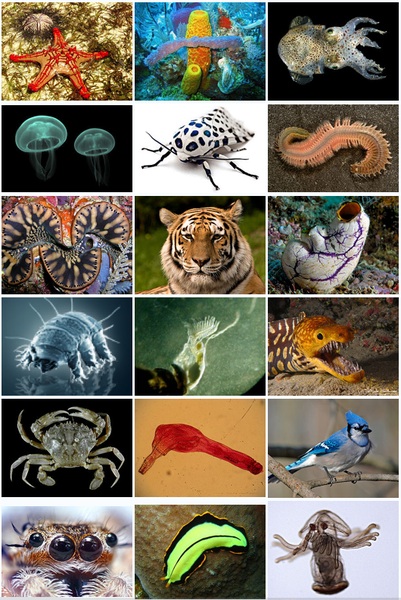Science News
Cost of Counting Species

We’ve written about counting all of Earth’s species, and now, phenomenally, two Brazilian researchers have put a cost down for part of that count—a cool $263 billion to simply count all the animals in the world.
That may sound like a lot, but according to their letter in Trends in Ecology and Evolution, there is a lot of work to be done just in the animal kingdom, “only ∼1.4 million of the total 6.8 million species estimated are currently known.”
According to Ed Yong, writing in The Great Beyond blog on Nature, the researchers know their stuff:
…the duo calculated the average cost of training, funding and equipping people in the field. This might seem like an unrepresentative sample, but Brazil contains 10% of the world’s animal species and the country’s taxonomists are among the world’s most prolific. Their salaries also come close to the global average for professors.
The authors stress that while the ultimate goal of counting species is to understand biodiversity for conservation efforts, there is more at stake: science and scientists.
… some crucial future actions should be considered for cataloguing biodiversity other than those related purely to funding for conservation and sustainable use of living organisms. The most essential action now would be a concerted effort to raise the image of taxonomy from being seen merely as an ‘old’ and ‘simple’ task of biologists that is unfashionable and horribly constricted to low-impact-factor journals to being viewed instead as a fundamental, indispensable, and vibrant branch of the life sciences.
This price tag could fall if research continues at the current pace. There are new technologies in place, such as digitizing scientific literature for easy online access and social networking, that may increase the efficiency of describing new species. The Barcode for Life project is another example of a new technology which enables scientists to compare species genetically to aid in identifying new species.
Image: Wikimedia